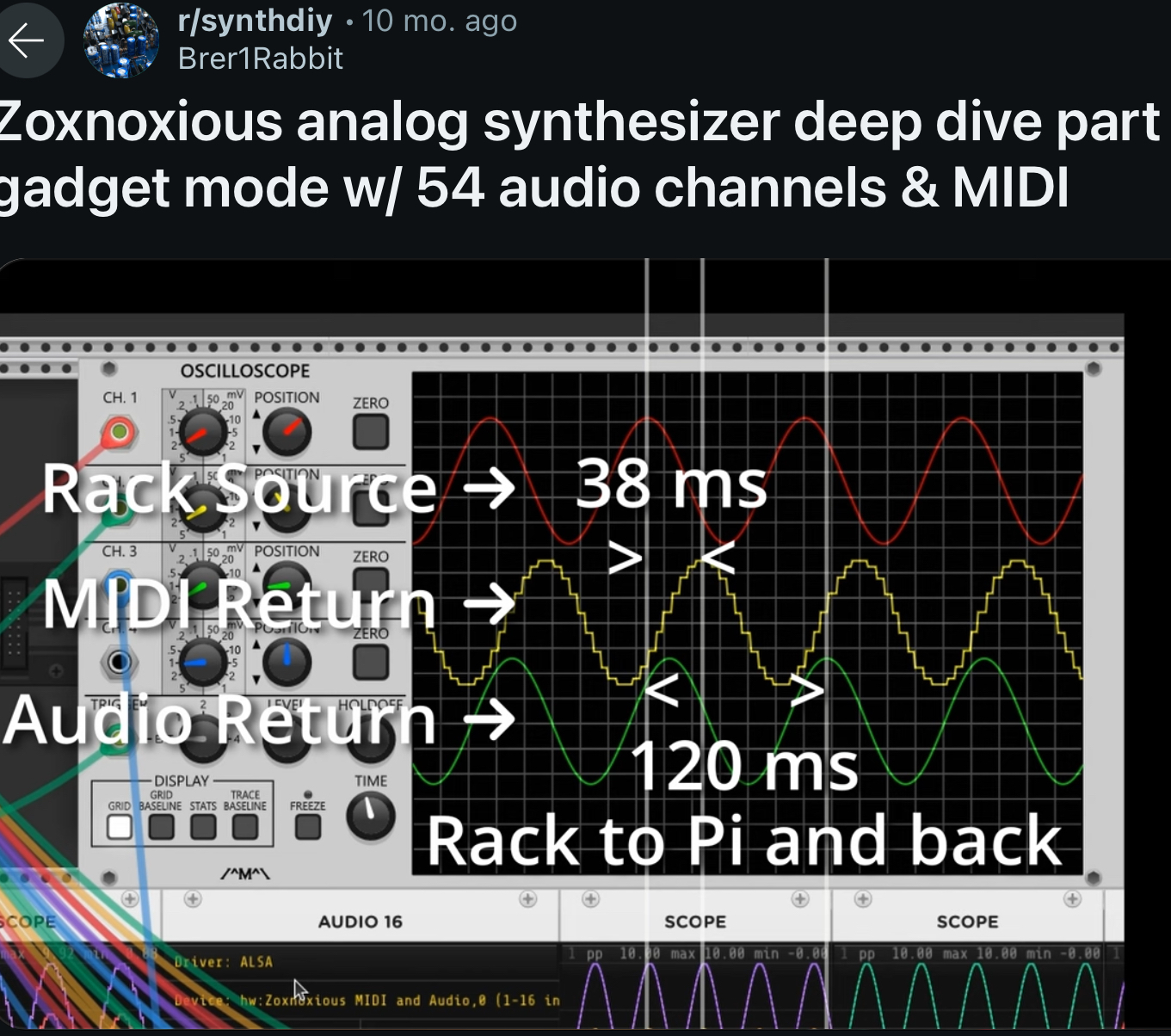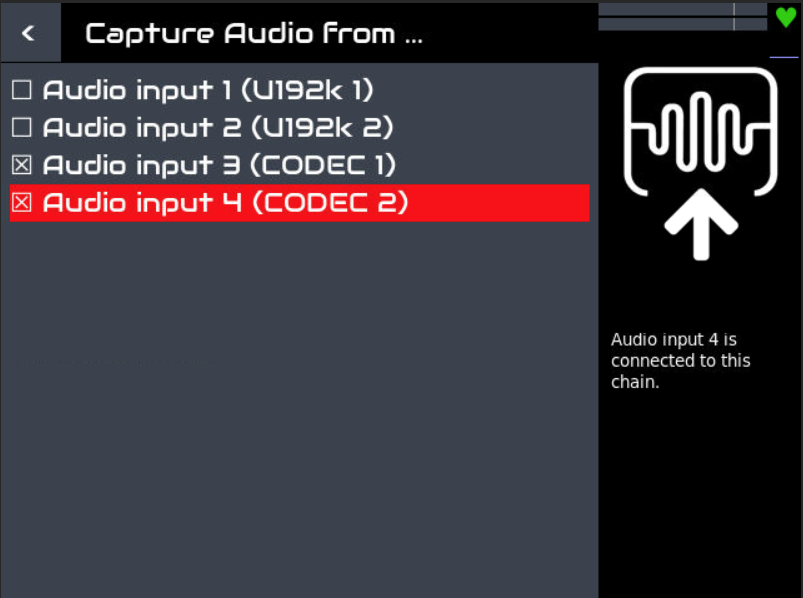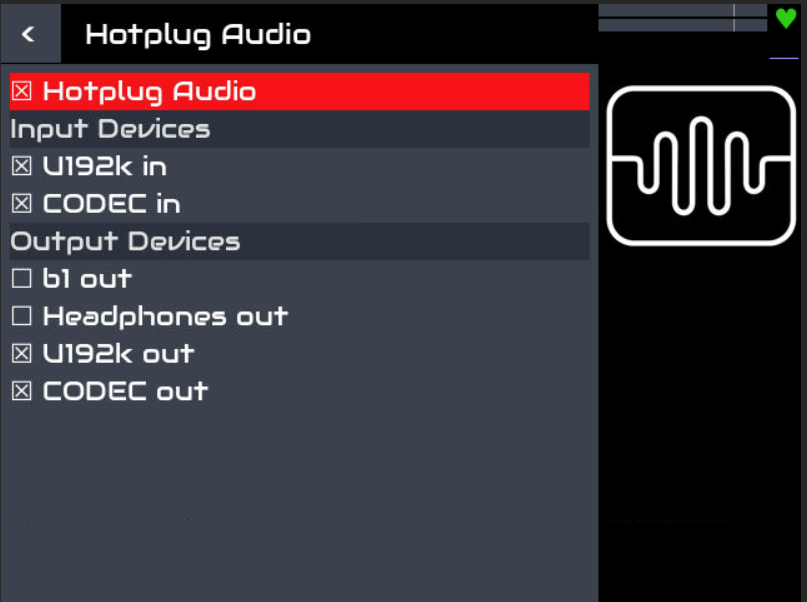Loopy Pro: Create music, your way.
What is Loopy Pro? — Loopy Pro is a powerful, flexible, and intuitive live looper, sampler, clip launcher and DAW for iPhone and iPad. At its core, it allows you to record and layer sounds in real-time to create complex musical arrangements. But it doesn’t stop there—Loopy Pro offers advanced tools to customize your workflow, build dynamic performance setups, and create a seamless connection between instruments, effects, and external gear.
Use it for live looping, sequencing, arranging, mixing, and much more. Whether you're a live performer, a producer, or just experimenting with sound, Loopy Pro helps you take control of your creative process.
Download on the App StoreLoopy Pro is your all-in-one musical toolkit. Try it for free today.
Using Raspberry Pi as aggregate audio interface
I believe that ever since the release of kernel version 5.10 back in 2022, the Raspberry Pi has been able to function as a class-compliant USB audio interface. I know that it possible to create virtual aggregate devices on Raspberry Pi. Here is one video demoing this feature -- it shows how two different stereo audio interfaces can be connected to the RPi and virtually merged into a single four-channel audio interface. This video is from five years ago, so before the v5.10 update. But I've been told that nowadays it is possible to put the RPi into "gadget mode" to allow it to function as a class-compliant USB device, and while in gadget mode the RPi can function as an aggregate device. I believe this is what someone on the official Raspberry Pi forum tried to tell me in a comment when I asked about this sort of thing a few months back. I haven't seen any direct confirmation that this has been successfully tested on an iPad. But on paper it seems like there's no reason it wouldn't work. If it is possible to use an RPi to use more than one audio interface with an iPad at the same time, this would be significant! Currently iOS/iPadOS is limited by the fact that only one single audio interface can be used at a time. But by creating virtual aggregate devices on RPi, it may be possible to overcome this limitation.
I don't have the hardware on hand necessary to test this myself. Has anybody here experimented with this before?


Comments
This sounds very interesting!
It would not only help when using multiple audio interfaces but also when you want some kind of virtual loopback audio interface (like in iConnect Audio interfaces)!
This is a great idea. I had a closer look at it. The USB gadget mode is available for Raspberry Pi 4, Zero, Zero W and Zero W 2. I like the idea of connecting a Pi4 directly to the iPad (probably via a powered USB hub), and use it to join multiple audio/midi devices.
The video @aaa shared explains how to create the aggregate interface.
This explains the other side - enabling USB gadget mode and creating an Audio/MIDI combo interface:
https://reddit.com/r/raspberryDIY/comments/1bpzuky/pi_usb_gadget_mode_with_54_audio_channels_and_midi/
Alsaloop could then be used to link the aggregate interface with the USB interface. Another option for the routing could be the JackD audio demon that is designed for low latency.
These are just ideas for experimentation. I’m definitely giving it a try when I have time.
I'm tempted to mess with the Zero W for this. Kinda think it'd only be suitable for midi though.
My Pi 4 is running my "data center" right now, so that one isn't an option.
what kinda nerd are you that you dont have multiple Pi's? ;P
A cheap-ass one with a drawer full of diy Arduino controllers, etc, that I spent weeks and weeks making, but never use. 😂
Welcome to the club! I built a lot of that stuff in the past - specially during the pandemic year. And I still have tons of ICs and other components that I bought in 2020 for projects that I didn’t even start…
Last but not least I got my iPad in ‘22 and quickly discovered how versatile it is as a studio accessory. That made many of my planned digital DIY projects obsolete.
My guess is that it would work for the audio and MIDI feedback thing. The only limitation I see is the audio latency that I've seen measured to be around 160ms using the suggested Raspbian etc.
To combine multiple Audio and MIDI interfaces, you need more USB ports of course.
I wonder if they could switch it on in Norns then? 🤞
Zynthian on a Pi4 might be a good platform to experiment with this. You don't need to buy the hardware. According to this post it looks as if the latest OS version "Oram" does support gadget mode. It's MIDI only, but I think it should be possible to configure it for audio.
I have used Zynthian on both Pi3 and Pi4s, and even on a Pi3 the audio latency was pretty low. I could use Zynthian both as a synth and an effects unit without problems.
The current developer branch of Zynthian offers a hotplug feature. With this feature newly added audiodevices (plural!) automatically appear in the audio routing system.
@catherder Yes, even on the old Pi 1 B I had lower audio latency but in loopback mode it seems to be higher (120ms, not 160ms, sorry):

That's ALSA loopback. Zynthian (see my latest post) uses Jackaudio what has a very low latency.
Nice! Worth a try for sure
But wait, doesn't Zynthian use its own DAC, bypassing USB?
Zynthian can be run on custom made hardware. There is no need to use their box. You can use any(?) class compliant audio/midi interface plus the Raspberry Pi ones like the "HiFiBerry ADC/DAC". I have got an old Pi3 with Zynthian that uses a cheap Behringer UCA202. Works fine as an effects box.
Excellent, I hoped that to be the case!
What's the in-to-out latency in your setup?
I haven't measured it for Zynthian. It depends on the JackD buffer size. I usually get about 10ms. Currently I am setting up a Pi4 with Zynthian Testing to play around with. I will post some updates here.
Here comes the good news: After I enabled the experimental USB hotplug feature both Behringers, the UCA202 and the UMC204HD show up as audio inputs and outputs. I managed to create an aggregate channel (chain) that combines the inputs of both interfaces and outputs the mix through the UMC204HD. Displayed latency is approx 30ms and I can hear it, but it's jackd and can be tweaked....


@catherder Great!
Would you recommend to use Zynthian 2409 stable or better wait for 2502 to be released?
2409 stable doesn't have the USB hotplug feature. This can only be found in the testing branch. Today I installed the latest stable and then switched to testing. I am not sure if the hotplug feature will make it already into 2502 but it is very likely. The current testing looks pretty stable though.
@catherder Thanks!
@catherder mew
Does zynthian run on top of an os or as its own os?
Zynthian is a special OS to be run on a Raspberry Pi. The installation is similar to Raspbian. You get the OS images at https://os.zynthian.org
Thanks for doing some preliminary testing! Have you been able to try plugging it into an iOS/iPadOS device to check whether or not it's detected as a single multichannel audio interface?
No, this is just the first step to see if Zynthian can use multiple devices. I still have to check if the built in gadget mode for MIDI works. Then comes the crucial step to convince (configure) the system to present an audio/midi device to the host.
@catherder no rush. Just checking in if you've gotten around to connecting the Pi and interfaces to iOS. I'm pretty curious to see if it works, but not curious enough to buy new gear just to test this unverified theory.
I understand. And thanks for the reminder. This wee project landed a bit on the back burner because of other things. Anyway, I am interested myself to get this going. I'll post any updates here.